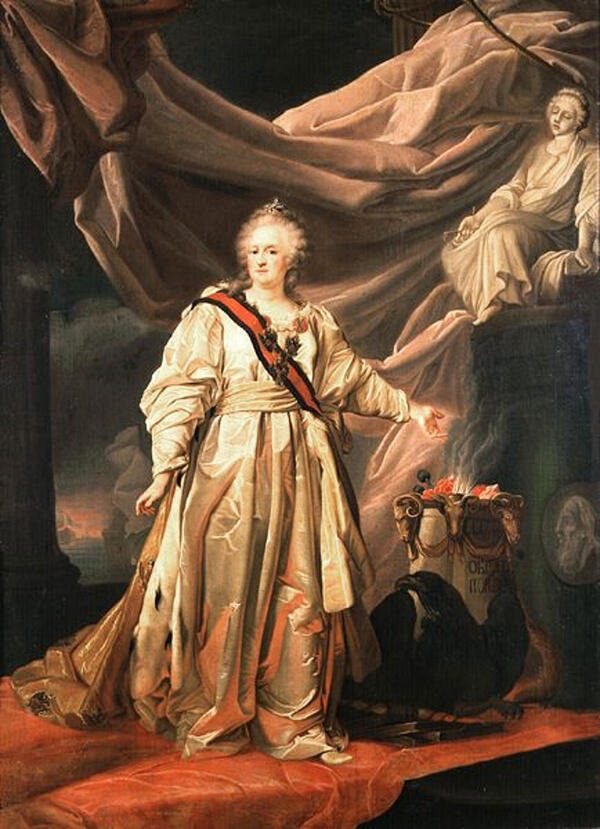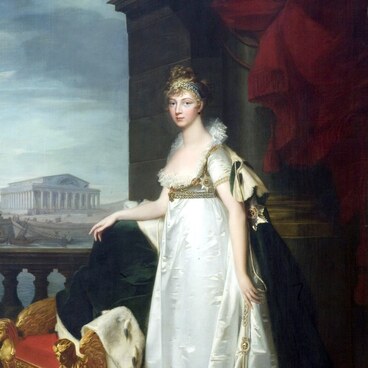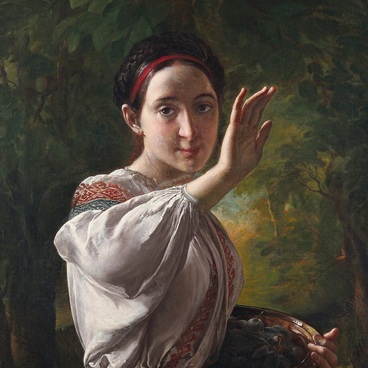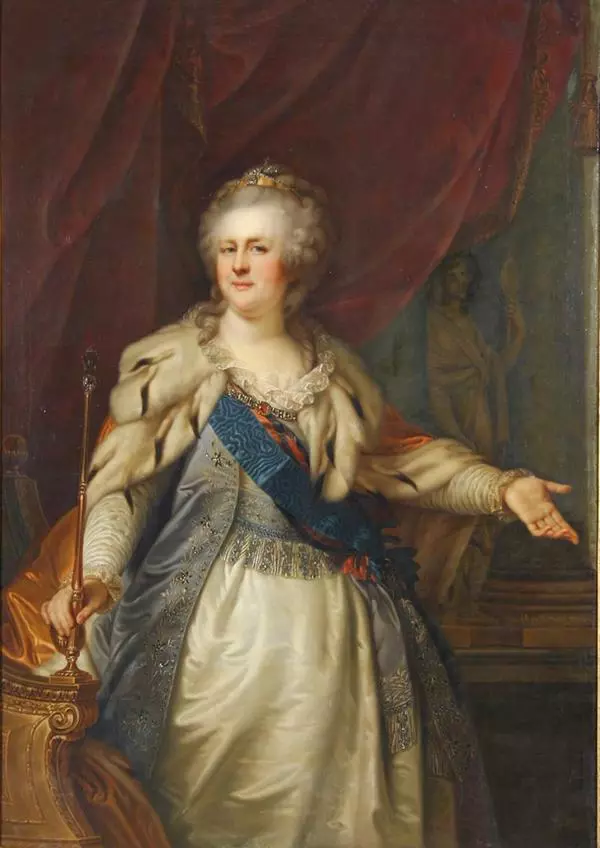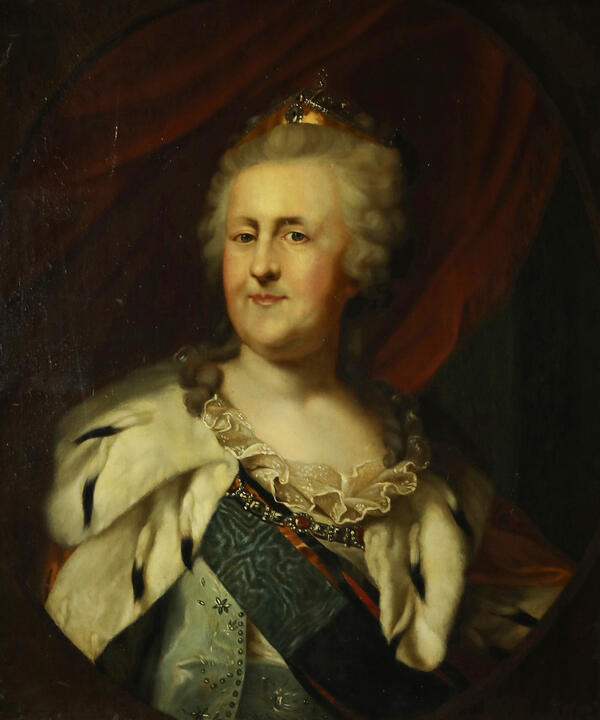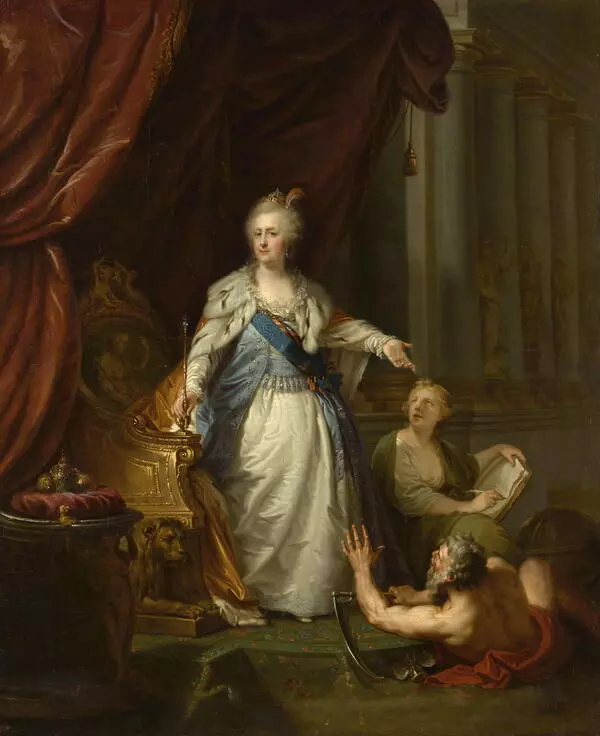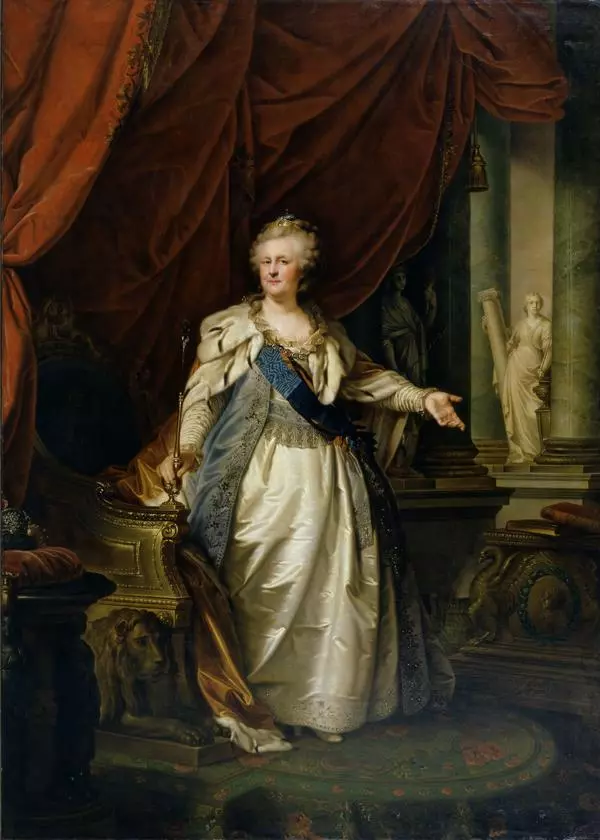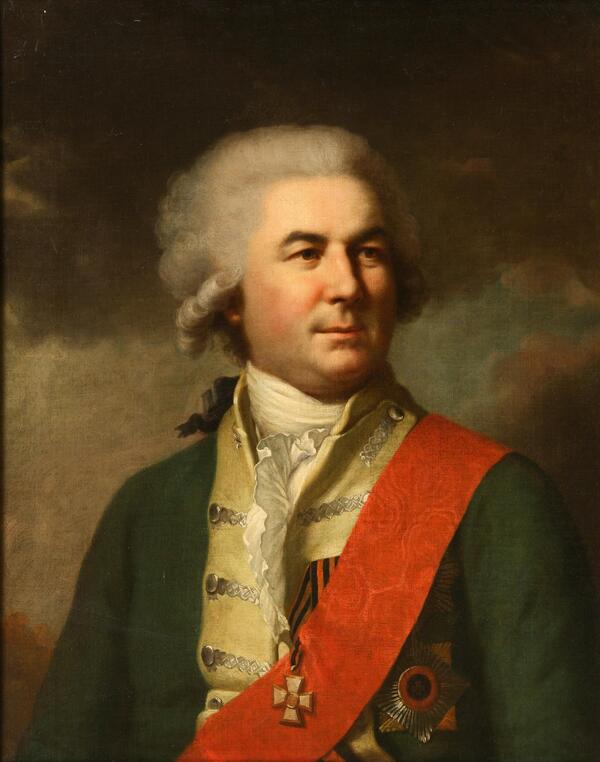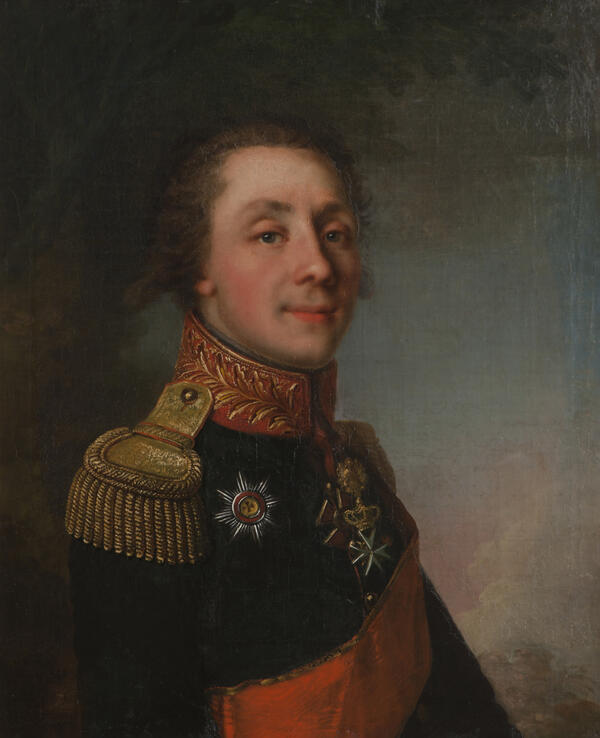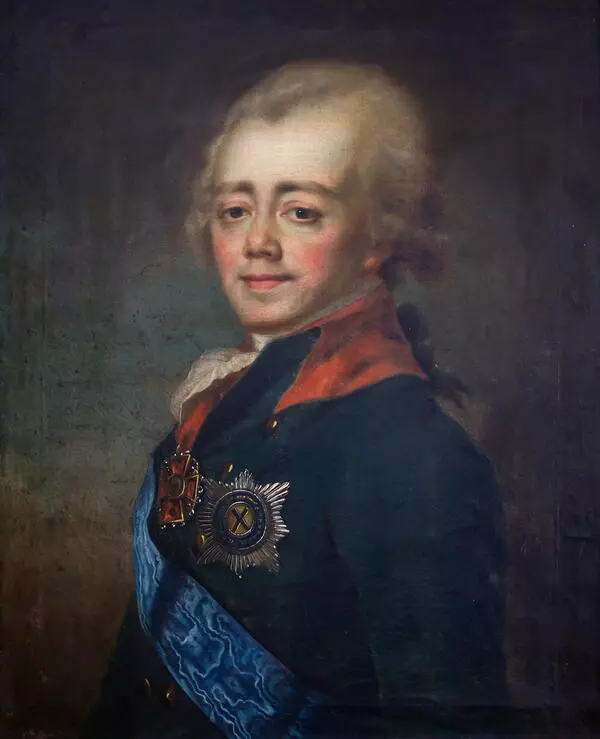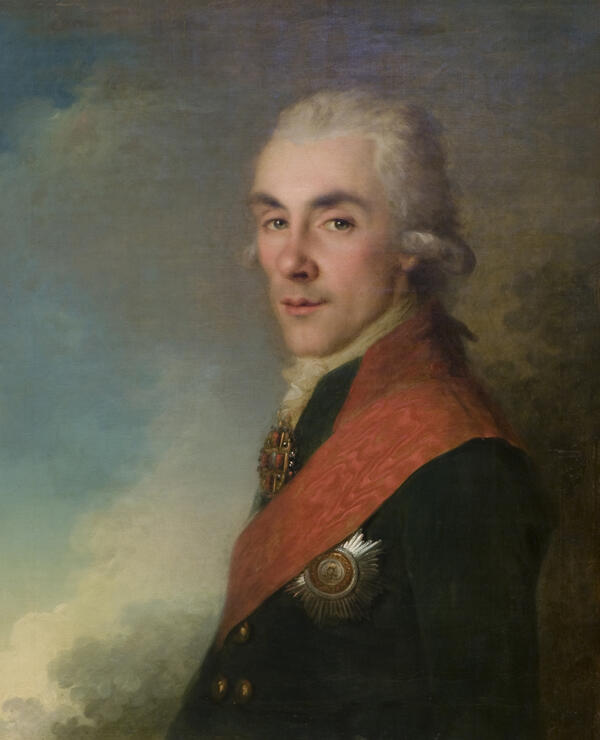The painting ‘Portrait of Catherine II the Legislator’ from the collection of the Chelyabinsk State Museum of Fine Arts is a stylized copy of Dmitry Levitsky’s “Portrait of Catherine II as the Legislator in the Temple of the Goddess of Justice”. The copy was created by the Austrian painter Johann Baptist Lumpi the Elder.
The artist was born in Italy in 1751. He received his first painting lessons from his father, the Tyrolean painter Matthias Lumpi, then studied under painters in Salzburg and Verona. In the 1770s and 1780s, he worked in Italy creating altar paintings and portraits. In 1773, he was elected a member of the Verona Academy of Arts. Almost ten years later, Lumpi the Elder moved to Vienna. There, he created a portrait of the Emperor Joseph II, for which he received the title of academician of the Vienna Academy of Arts. Lumpi the Elder worked in Poland painting portraits of the king and Polish aristocrats.
In 1782, under the patronage of Grigory Potemkin, the artist arrived in St. Petersburg. In the Russian capital, he painted a life-size and full-length portrait of Empress Catherine II, for which he received an unimaginable fee of 12,000 rubles and an annual allowance of 7,000 rubles (at those times, the annual cost of estate maintenance was around 3,000 rubles), which is why he decided to stay in Russia for several years.
Lumpi the Elder created his version of Dmitry Levitsky’s portrait in 1792. The painting’s composition is built on ambiguous allegories in the spirit of the Enlightenment ideology. The image of the “ideal empress” needed confirmation from the artist in the form of various emblems and symbols. Catherine II is shown as a priestess in the temple of Themis, the goddess of Justice. The Empress points to the altar with smoking poppy flowers, a symbol of sleep and rest. The statue of Themis in the upper right corner means a just government. An eagle at the feet of the ruler is a symbol of wisdom and divine power. A ship is visible in the aperture between the columns, which is a symbol of Russia’s victories in the Black Sea.
Under the rule of Catherine II, the borders of the Russian Empire were significantly shifted to the west during the division of the Rzeczpospolita (the Polish Commonwealth) and to the south due to the annexation of Novorossia and the Caucasus. The Empress contributed to the development of culture in Russia since she was fond of literature, collecting painting masterpieces, and communicating with French Lumières (Enlighteners).
The artist was born in Italy in 1751. He received his first painting lessons from his father, the Tyrolean painter Matthias Lumpi, then studied under painters in Salzburg and Verona. In the 1770s and 1780s, he worked in Italy creating altar paintings and portraits. In 1773, he was elected a member of the Verona Academy of Arts. Almost ten years later, Lumpi the Elder moved to Vienna. There, he created a portrait of the Emperor Joseph II, for which he received the title of academician of the Vienna Academy of Arts. Lumpi the Elder worked in Poland painting portraits of the king and Polish aristocrats.
In 1782, under the patronage of Grigory Potemkin, the artist arrived in St. Petersburg. In the Russian capital, he painted a life-size and full-length portrait of Empress Catherine II, for which he received an unimaginable fee of 12,000 rubles and an annual allowance of 7,000 rubles (at those times, the annual cost of estate maintenance was around 3,000 rubles), which is why he decided to stay in Russia for several years.
Lumpi the Elder created his version of Dmitry Levitsky’s portrait in 1792. The painting’s composition is built on ambiguous allegories in the spirit of the Enlightenment ideology. The image of the “ideal empress” needed confirmation from the artist in the form of various emblems and symbols. Catherine II is shown as a priestess in the temple of Themis, the goddess of Justice. The Empress points to the altar with smoking poppy flowers, a symbol of sleep and rest. The statue of Themis in the upper right corner means a just government. An eagle at the feet of the ruler is a symbol of wisdom and divine power. A ship is visible in the aperture between the columns, which is a symbol of Russia’s victories in the Black Sea.
Under the rule of Catherine II, the borders of the Russian Empire were significantly shifted to the west during the division of the Rzeczpospolita (the Polish Commonwealth) and to the south due to the annexation of Novorossia and the Caucasus. The Empress contributed to the development of culture in Russia since she was fond of literature, collecting painting masterpieces, and communicating with French Lumières (Enlighteners).

